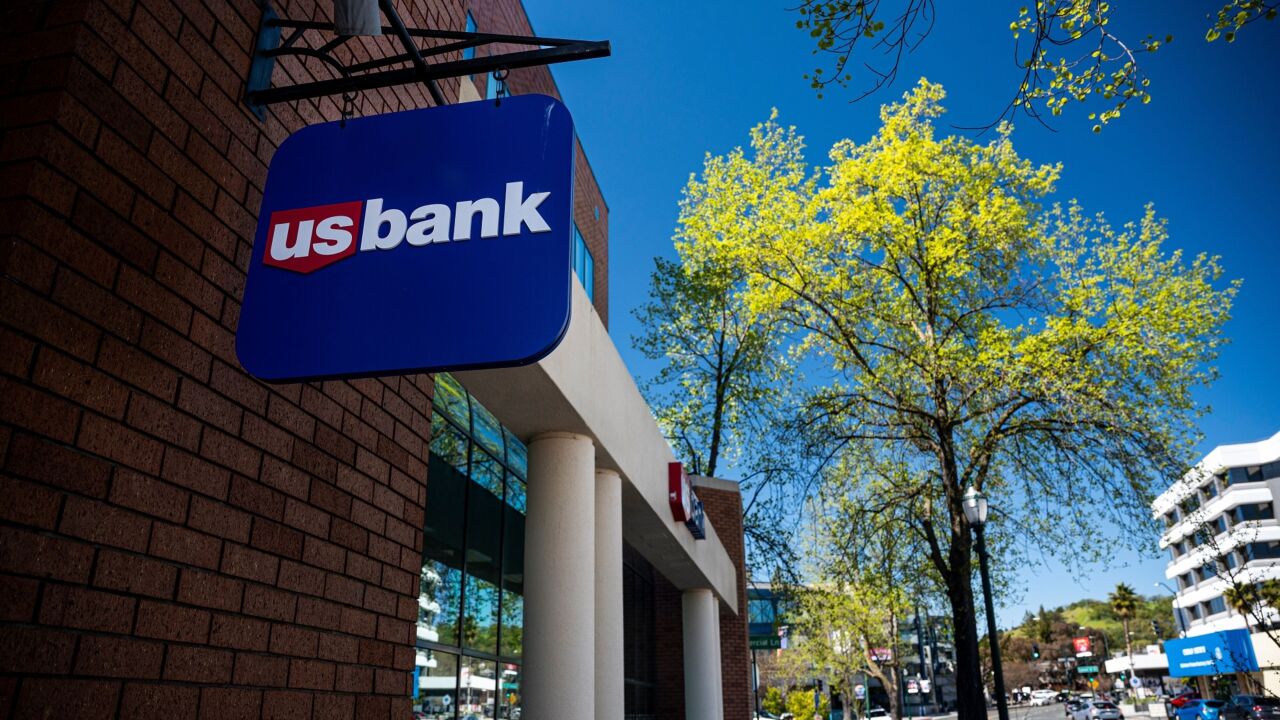The dollar volume of financing to buy fix-and-flip properties increased 31% annually to its highest level since the heights of last decade's real estate boom, according to
Home flip financing reached $8.4 billion in 2019's second quarter. Despite the spike in financing volume, gross profits for flippers for post-renovation sales fell year-over-year for the sixth consecutive quarter. Second-quarter housing flips produced average profits of $62,700 — a 2% drop

Return on investment percentages also steadily declined over the last six and a half years. The second quarter's 39.9% ROI fell from 44.4% the year prior and from the first quarter's 40.9%. It marks the lowest ROI rate in nearly eight years, making this market less attractive to potential investors. Declining profit margins are also a reason why
"Home flipping keeps getting less and less profitable, which is another marker that the post-recession housing boom is softening or may be coming to an end," Todd Teta, chief product officer at Attom, said in a press release. "Flipping houses is still a good business to be in and profits are healthy in most parts of the country. But push-and-pull forces in the housing market appear to be working less and less in investors' favor. That's leading to declining profits and a business that is nowhere near as good as it was a few years ago."
Of the 149 housing markets analyzed with at least 50 flips and a population greater than 200,000, three cities in Pennsylvania had the top profit rates. Scranton led with 134% gross ROI, followed by Pittsburgh's 132.5% and Reading at 129.3%. The smallest returns came in Raleigh, N.C., at 10.9%, Las Vegas, at 15.2%, and Phoenix, at 15.3%.
The 59,876 flipped single-family homes and condos represented 5.9% of all home sales in the second quarter. That total was a 12.4% increase from the first quarter, but the share fell from 7.2% of total sales.





